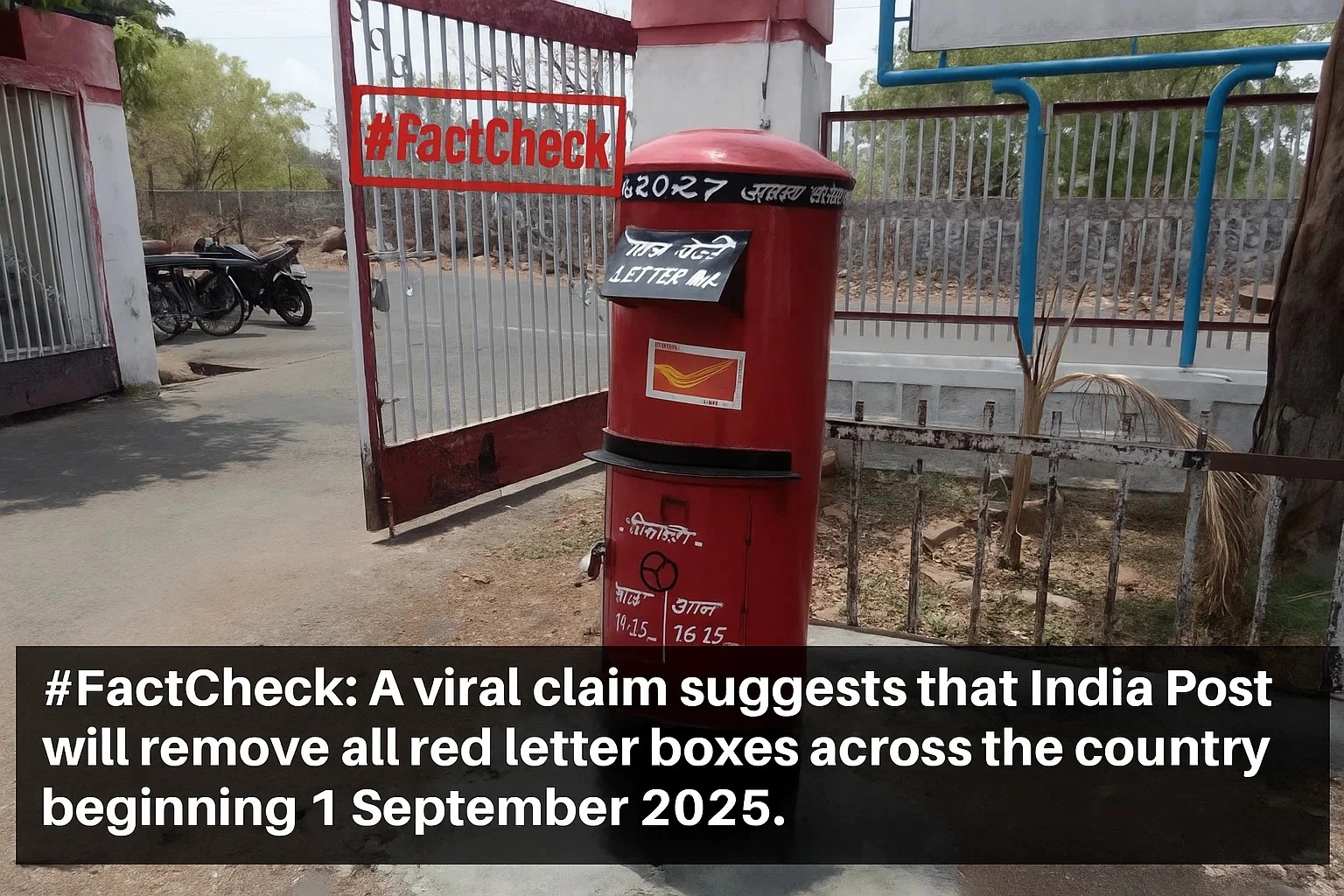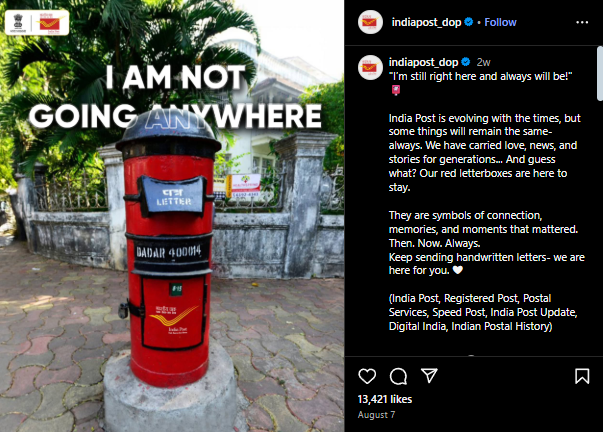#FactCheck: Viral video of Unrest in Kenya is being falsely linked with J&K
Executive Summary:
A video of people throwing rocks at vehicles is being shared widely on social media, claiming an incident of unrest in Jammu and Kashmir, India. However, our thorough research has revealed that the video is not from India, but from a protest in Kenya on 25 June 2025. Therefore, the video is misattributed and shared out of context to promote false information.

Claim:
The viral video shows people hurling stones at army or police vehicles and is claimed to be from Jammu and Kashmir, implying ongoing unrest and anti-government sentiment in the region.

Fact Check:
To verify the validity of the viral statement, we did a reverse image search by taking key frames from the video. The results clearly demonstrated that the video was not sourced from Jammu and Kashmir as claimed, but rather it was consistent with footage from Nairobi, Kenya, where a significant protest took place on 25 June 2025. Protesters in Kenya had congregated to express their outrage against police brutality and government action, which ultimately led to violent clashes with police.
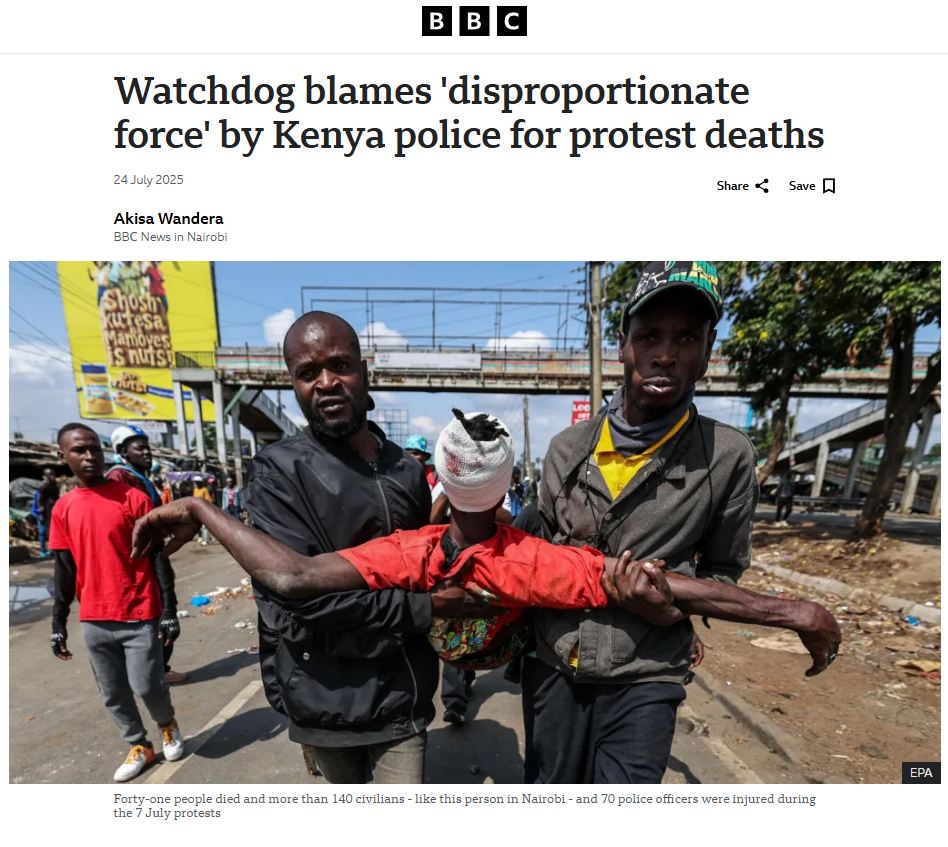
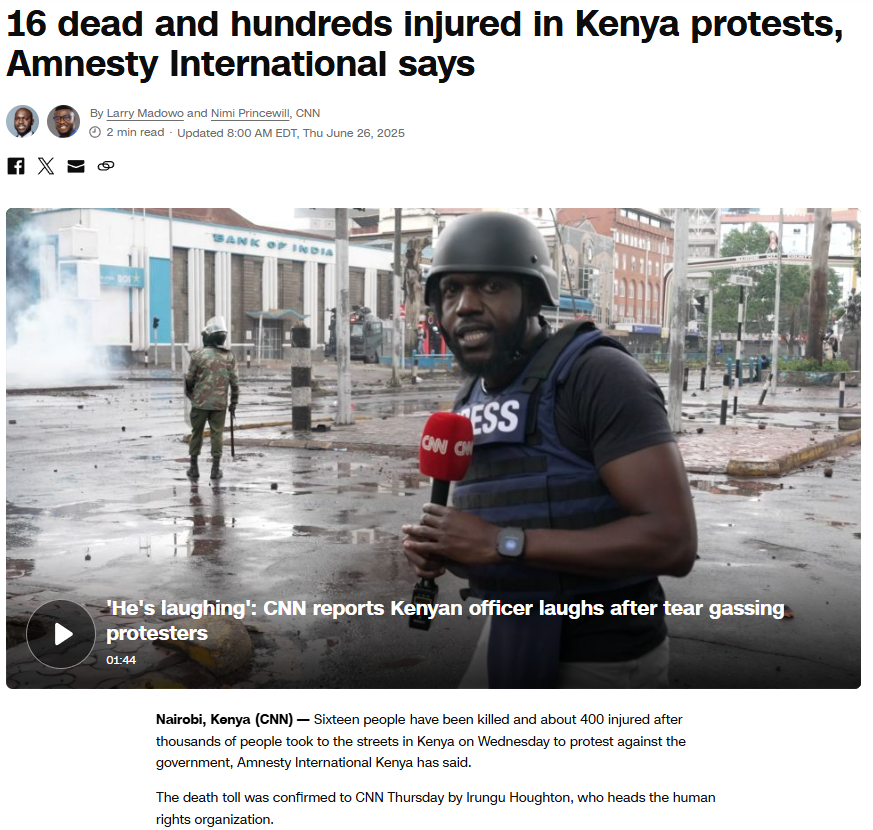
We also came across a YouTube video with similar news and frames. The protests were part of a broader anti-government movement to mark its one-year time period.

To support the context, we did a keyword search of any mob violence or recent unrest in J&K on a reputable Indian news source, But our search did not turn up any mention of protests or similar events in J&K around the relevant time. Based on this evidence, it is clear that the video has been intentionally misrepresented and is being circulated with false context to mislead viewers.
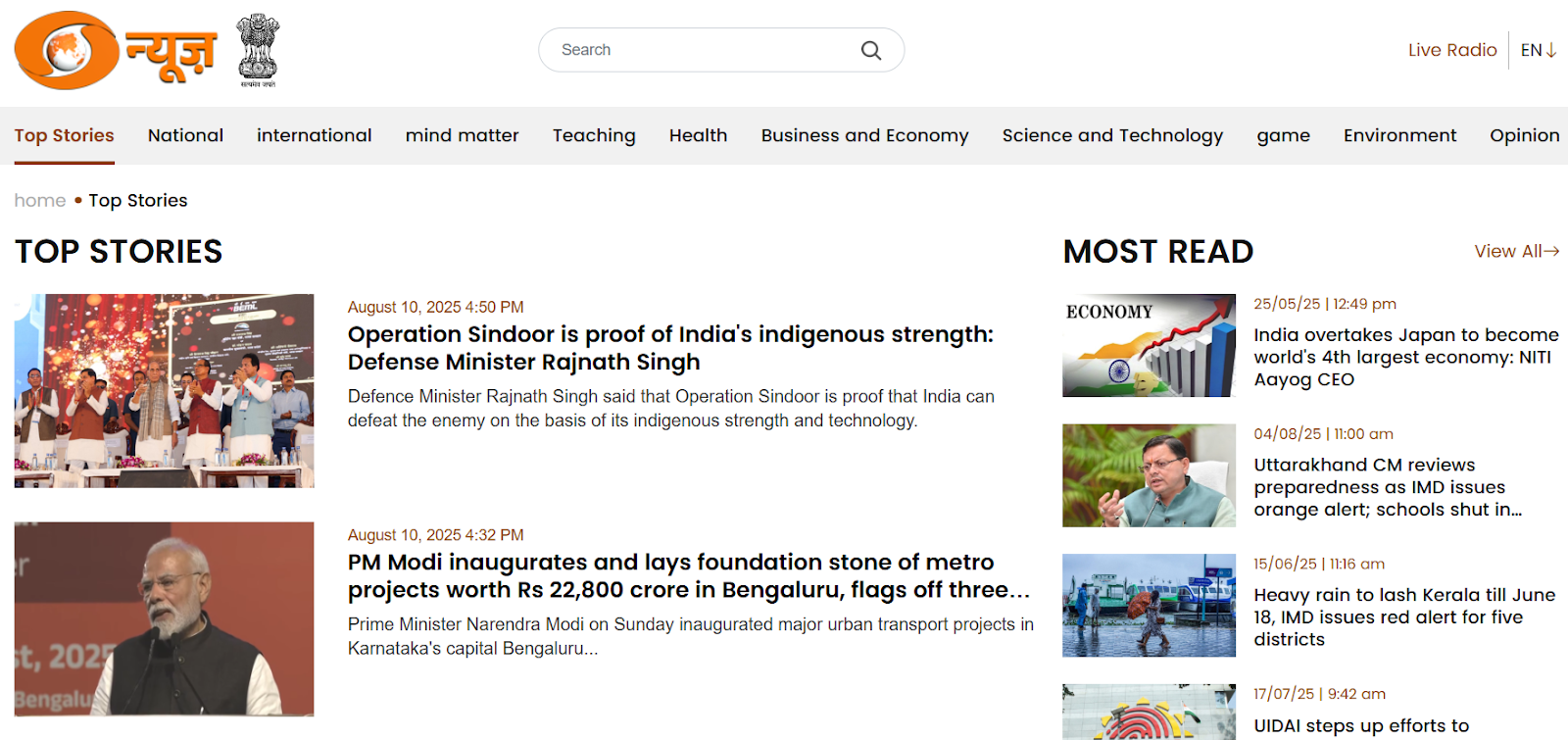
Conclusion:
The assertion that the viral video shows a protest in Jammu and Kashmir is incorrect. The video appears to be taken from a protest in Nairobi, Kenya, in June 2025. Labeling the video incorrectly only serves to spread misinformation and stir up uncalled for political emotions. Always be sure to verify where content is sourced from before you believe it or share it.
- Claim: Army faces heavy resistance from Kashmiri youth — the valley is in chaos.
- Claimed On: Social Media
- Fact Check: False and Misleading


